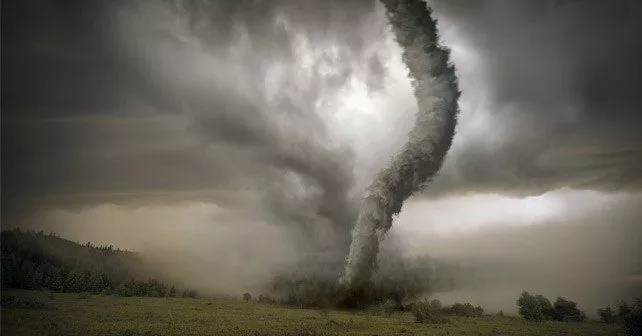Each year about a thousand tornadoes touch down on the ground in America, on average 800 more than any other country in the world!
In America’s southern states, the peak season for tornadoes is most often between March and May, whereas in the north-most states, the peak season is late June through August.
What is a tornado?

A tornado, also known as a twister, is a rotating, funnel-shaped cloud that extends from a large thunderstorm to touch the ground.
They are the fastest winds on Earth and can whirl up to 300 miles per hour.
These rotating thunderstorms, also known as mesocyclones or supercells, birth tornadoes when a current of cool, moist air from the downdraft of the supercell meets with a current of warm air from the supercell’s updraft.
This causes the rotating wall cloud to form and “touch down” on the ground below.
Can they be detected before they happen?
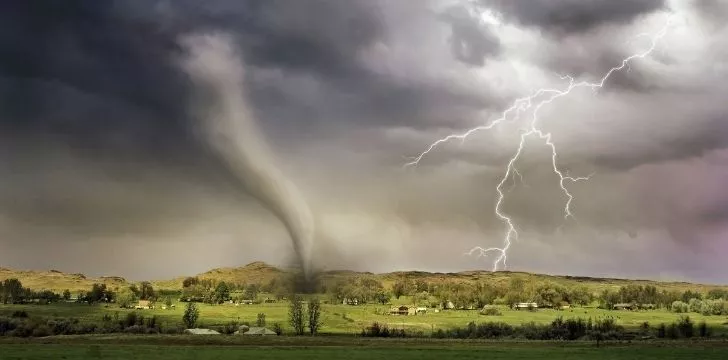
These mesocyclones are well-defined and easily detectable via Doppler radar, meaning that a twister can be predicted by a meteorologist.
Twisters can also be defined by the weather characteristics that occur before the initial touchdowns, including severe gale-force winds, lightning, flash floods, and hailstones that can be the size of a grapefruit!
How do we measure them?
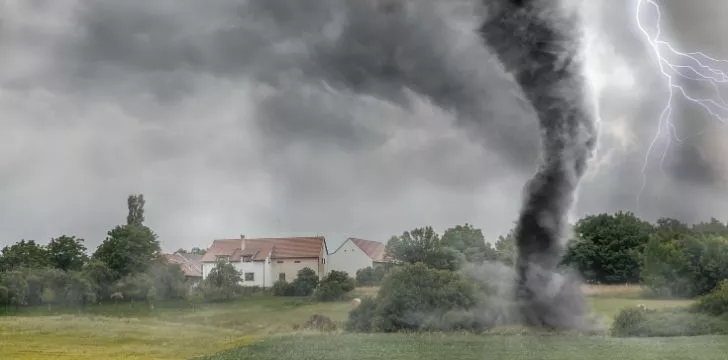
The size and power of a twister are measured on a scale known as the Fujita Scale, the largest twister being an F-5 and the smallest twister being an F-1 (the most recent twister in Oklahoma being classed as an F-4).
Although many tornadoes last no longer than 10 minutes and some only several seconds, there are many recorded instances of a tornado lasting for more than an hour!
Where are they most commonly found?
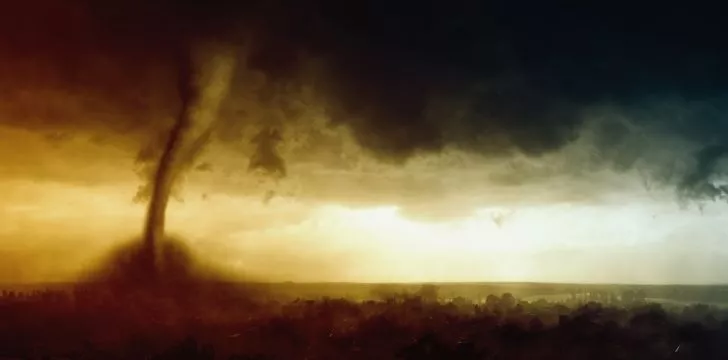
The majority of America’s twisters touch down in an area known as ‘Tornado Alley.’
This is a flat space of land that consists of Western Texas, through Oklahoma, Kansas, and Nebraska, then into South Dakota with the Rocky Mountains and the Appalachian Mountains to either side of it.
Most twisters occur here due to the cool, polar air flowing from Canada in the North, often meeting with the warm, moist tropical air from the Gulf of Mexico.
Some of America’s largest twisters have touched down in Tornado Alley.
A tornado in Oklahoma once ripped a full motel off the ground, and its sign was later found in Arkansas!
However, in 1931 a twister that struck Mississippi ripped an 83-ton train from a track flinging it 80 feet in the air.
Tornadoes are scary things!
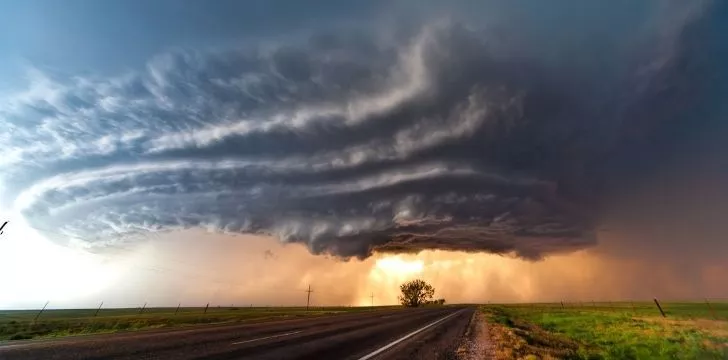
When a tornado touches down, it most often starts out as a transparent color, often see-through. However, a tornado’s color blackens and darkens the longer it stays on the ground due to the amount of debris it sucks up.
The amount of debris a tornado picks up also determines how loud it can be.
For example, if a tornado consists of nothing large or solid and mostly dust and dirt, then it is more likely to be quieter than a tornado full of swirling chunks of buildings and cars and other such things.
The path of destruction a tornado can leave in its wake can exceed 1 mile and stretch over a whopping 50 miles!
Once a tornado has touched down, it is not necessarily grounded for its duration. They have been known to hop over areas of ground, sometimes destroying two houses on either side of a house left intact!
Most tornadoes tend to move from the southwest to the northeast but have been known to back-track over themselves if hit by strong winds from the eye of a storm.
Wow, well, now we have a much better idea of what a tornado is. They are certainly a spectacular occurrence but also incredibly destructive.
If you find yourself near one, I recommend stepping away… quickly!
